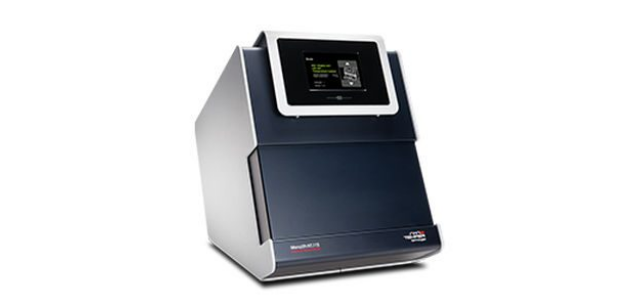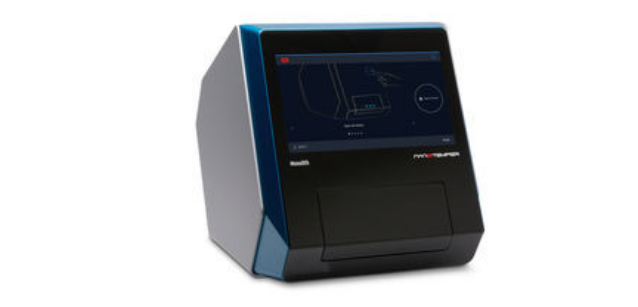Biomolecular interaction
The interaction of biomolecules is crucial to biochemical processes in living organisms.
Over decades, a broad range of techniques have been developed to monitor interactions of proteins, nucleic acids, and small molecules. Based on different physical principles, these methods can estimate thermodynamic (ITC), kinetic (GCI), and binding (MST, ITC) parameters. To that end, some techniques observe the interaction of intact sample in solution (ITC), others require specific labeling (MST) or immobilization onto a surface (GCI). The suitability of a particular technique varies depending on the sample behaviour, it is advised to investigate biomolecular interactions with multiple technique to converge to accurate results.
Interactions can also be studied with typical characterization techniques - notably stability techniques prove to be very helpful in interaction studies. Based on the assumption of a more stable complex being created upon binding, (thermal) stability increases. Therefore, data from differential scanning fluorimetry, or circular dichroism can describe conformational changes confirming interactions.

MicroScale Thermophoresis: Monolith NT.115
MST is a labelling-based technology for measuring biomolecular interactions. The MST instrument detects the motion of fluorescent molecules along a microscopic temperature gradient that reflects changes in the molecular hydration shell, charge, or size. VBCF ProTech has a Monolith NT.115.

MicroScale thermophoresis and Spectral Shift: Monolith X
In addition to monitoring thermophoresis, the spectral shift technology in the Monolith X monitors changes in the emission of fluorescent molecules. The changes in the emission spectrum may result from ligand binding-induced conformational change or an alteration of the fluorophore's local chemical environment. VBCF ProTech has a Monolith X.

Isothermal Titration Calorimetry: PEAQ-ITC
ITC is a label-free in solution method for measuring binding of any two molecules that release or absorb heat upon binding. ITC can be used to obtain the affinity, stoichiometry, and thermodynamic parameters of biomolecular interactions. VBCF ProTech has a MicroCal PEAQ-ITC.

Grating Coupled Interferometry: CreoptixWAVE
GCI is an optical technique used to measure molecular interactions in real time. The instrument detects the changes in the refractive index within an evanescent field along the sensor chip. GCI experiments can be used to measure and eventually fit kinetic binding constants and equilibrium dissociation constant. VBCF ProTech has a CreoptixWAVE system.


